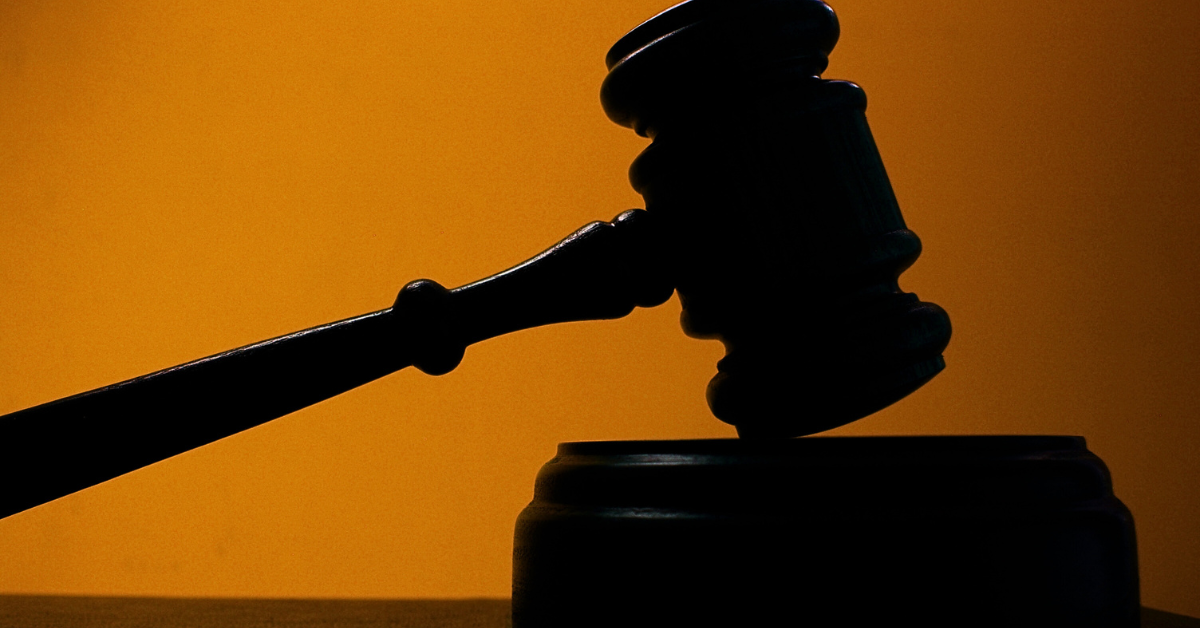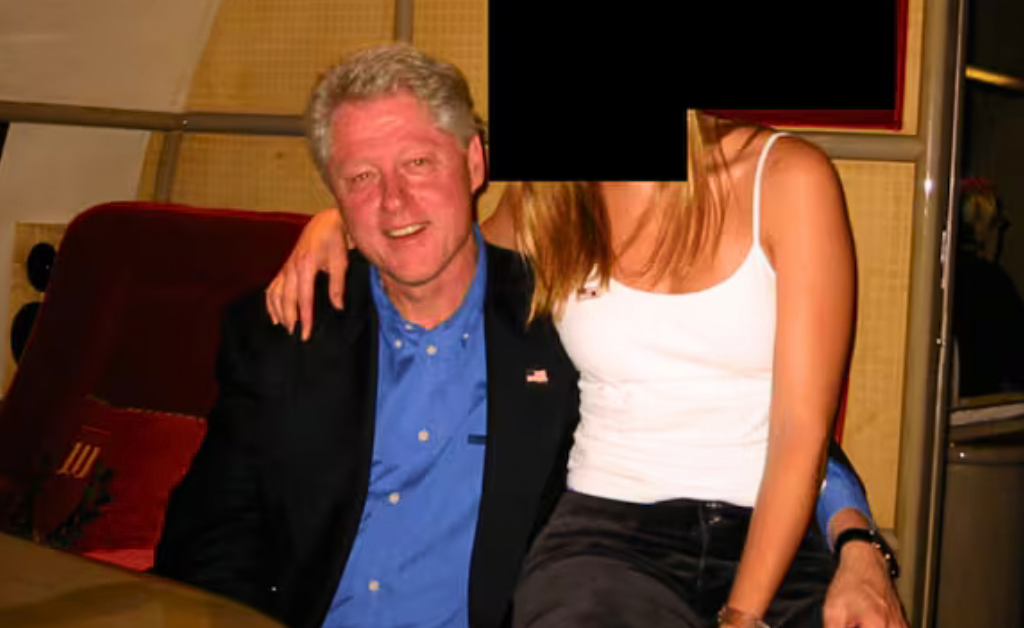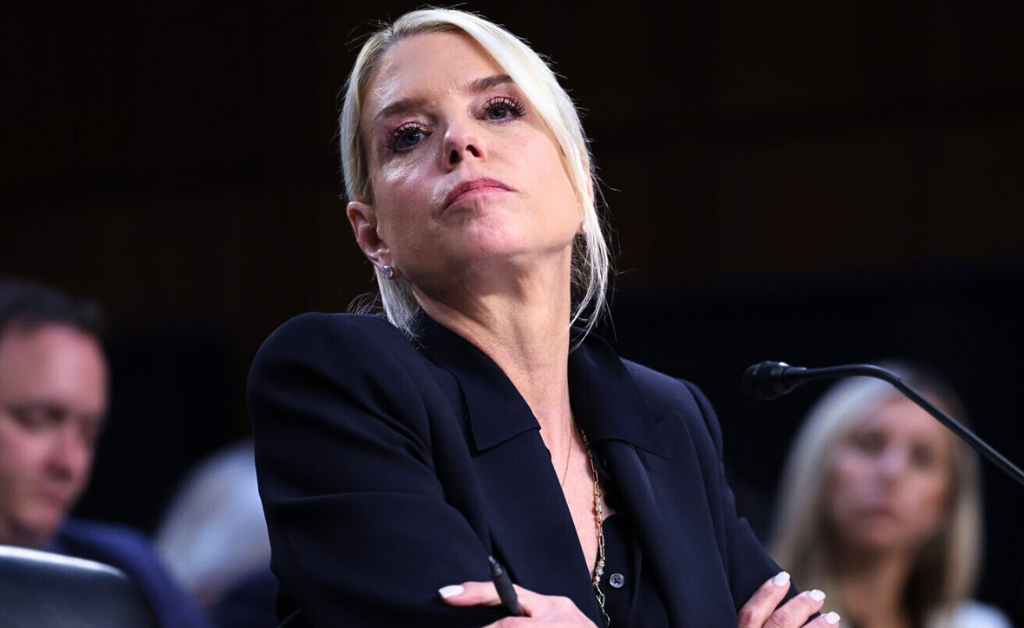- Plaintiffs allege Border Patrol Commander Gregory Bovino fabricated being struck by a rock to justify deploying tear gas, undermining the government’s account.
- Court filing accuses Bovino of perjury and urges Judge Ellis to question government credibility, potentially limiting federal crowd-control practices nationwide.
CHICAGO — In the midst of a heated federal immigration sweep that’s already sparked protests across the city, a new court filing has leveled explosive accusations against one of the operation’s key figures: U.S. Border Patrol Commander Gregory Bovino.
Plaintiffs in a civil rights lawsuit claim Bovino, a 55-year-old veteran agent who’s become the public face of the Trump administration’s aggressive enforcement push, fabricated a story about being pelted with a rock to justify hurling tear gas into a crowd of protesters.
Worse, they say, he stuck to the tale under oath during a deposition, amounting to perjury.
The FrankNez Media Daily Briefing newsletter provides all the news you need to start your day. Sign up here.
The motion, filed Wednesday in U.S. District Court in Chicago and first obtained by The Daily Beast, doesn’t mince words. “The government, defendant DHS, and defendant Bovino initially justified Bovino’s use of tear gas… by asserting that Bovino deployed tear gas only after he was hit in the head by a rock…. But it turned out the justification was a fabrication,” it states.
Lawyers for the Chicago Headline Club and a coalition of civil rights and journalist groups pored over every frame of body-cam and drone footage provided by the Department of Homeland Security (DHS).
They found zero evidence of any rock striking Bovino before he lobbed the canister into the crowd on Oct. 23 in the city’s Little Village neighborhood.
“Defendant DHS and defendant Bovino have made up a false story to justify misconduct,” the filing continues. “Defendant Bovino has lied under oath about this issue. This court should doubt defendants’ credibility as a result.”
The plaintiffs are urging Judge Sara L. Ellis to make explicit findings on the government’s truthfulness, which could ripple into broader restrictions on how federal agents handle crowds during enforcement actions—not just in Chicago, but potentially nationwide.
Has the Administration Become a Crime Syndicate?
This isn’t the first time Bovino’s tactics have landed him in hot water with Ellis, a no-nonsense judge who’s been presiding over the case since mid-September.
The operation, dubbed “Midway Blitz,” kicked off as part of the Trump administration’s pledge to ramp up deportations, targeting what officials call “criminal illegal aliens” in sanctuary cities like Chicago.
President Donald Trump has even deported his own employees, who have resided in the United States without criminal record.
Since then, DHS reports more than 1,800 arrests, with Bovino often seen leading raids in his signature green fatigues, high-and-tight haircut, and a demeanor that’s earned him the nickname “tough guy” from both supporters and critics.
But the blitz has been anything but smooth. Protests have erupted outside ICE facilities, like the one in Broadview, where crowds including clergy and advocates have gathered to decry the sweeps.
Federal agents, masked and in tactical gear, have responded with pepper balls, rubber bullets, and tear gas—moves that plaintiffs say violate First and Fourth Amendment rights.
Ellis issued a temporary restraining order on Oct. 9, barring the use of chemical agents against non-threatening protesters and journalists without warnings or justification.
Yet incidents kept piling up.
Americans Get Abused for Expressing Freedoms
Take the Little Village clash: Video shows Bovino underhanding a canister toward a group of locals who’d confronted agents near the Discount Mall at 26th and Albany. DHS initially defended it, claiming the crowd was “violent” and that Bovino had been struck first.
But plaintiffs’ attorneys, including Steve Art of Loevy & Loevy, called foul in court Tuesday, saying they’d play deposition clips showing the rock story was invented. “He just made it up,” Art told the judge, according to reports from the hearing.
The deposition itself—a grueling 6½ hours over three days—paints a picture of an operation teetering on the edge.
Bovino admitted to tossing the canister but doubled down on the threat level, describing protesters as “violent rioters” and instructing officers to “go hard” against them, per a separate court filing.
Body-cam audio from another October dust-up in Lakeview captured an agent laughing as gas deployed: “Hey, throw it for fun,” one told another, while mocking the “vocal but nonviolent crowd.”
In Old Irving Park, agents gassed a street just before a kids’ Halloween parade, shattering what Judge Ellis called the neighborhood’s “sense of safety.”
Ellis hasn’t taken it lightly. Last week, she more than doubled Bovino’s deposition time to five hours amid fresh tear gas claims.
She once ordered him to report to her courtroom daily for updates on arrests and incidents—a requirement the Seventh Circuit Court of Appeals paused as “extraordinarily disruptive” to executive functions.
Still, she’s demanded all body-cam and drone footage, even as DHS has defied orders to turn over unedited drone video of Little Village, opting instead for curated social media clips to back Bovino.
Bovino’s Response to His Abuse of Power
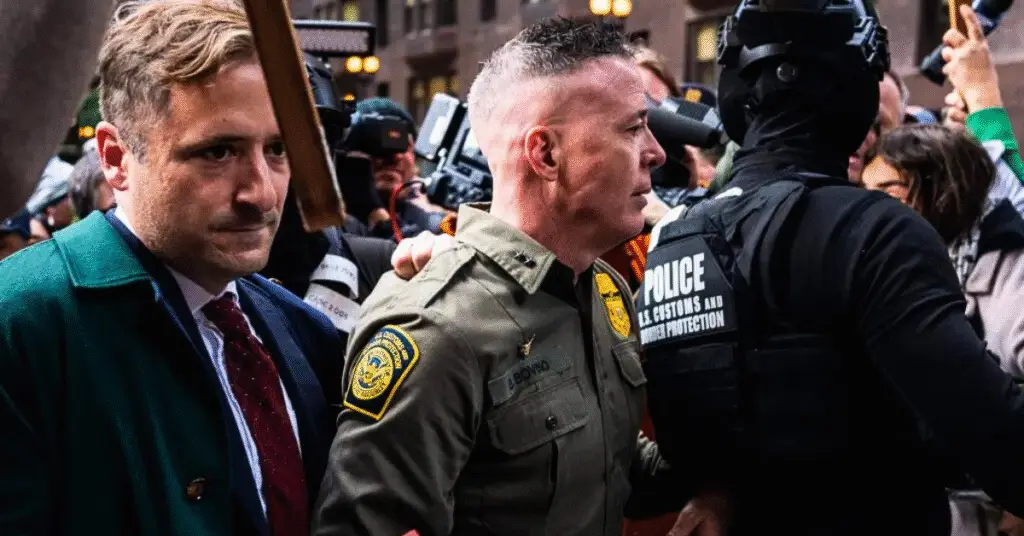
Bovino, a 29-year Border Patrol veteran who rose from the El Centro sector to “Commander-at-Large,” has defended the force as “exemplary” and necessary.
“We use the least amount of force necessary to effect the arrest,” he told reporters last month. “If I had more CS gas, I would have deployed it.”
In a CBS interview, he called Chicago a “model for immigration enforcement,” measuring success by “arrests, removals, and deterrence.”
But critics point to the human cost: two deaths during Chicago raids—a Mexican farmworker who fell from a greenhouse fleeing agents, and a Guatemalan day laborer hit by a car post-Home Depot sweep.
The tear gas controversy isn’t isolated to Chicago’s streets. It’s echoing a grim pattern at the southern border, where U.S. agents have deployed the chemical agent against migrants for years, often drawing international outrage.
Back in November 2018, Border Patrol fired tear gas at families—including toddlers—rushing the San Ysidro port of entry in San Diego, prompting ACLU condemnation: “Under no circumstances should CBP be using tear gas on children. This show of violence is outrageous and inhumane.”
Similar scenes played out in 2024, with videos showing gas canisters arcing toward asylum-seekers breaching fences near Tijuana.
Fast-forward to this year, and the tactic has migrated inland amid Trump’s urban crackdowns. A Washington Post investigation in early November highlighted how ICE and Border Patrol’s chemical deployments in cities like Chicago have injured bystanders and tested legal limits, with videos capturing “aggressive and questionable” firings at non-violent groups.
Credibility Falters as Assistant Secretary for Public Affairs is Caught in a Lie
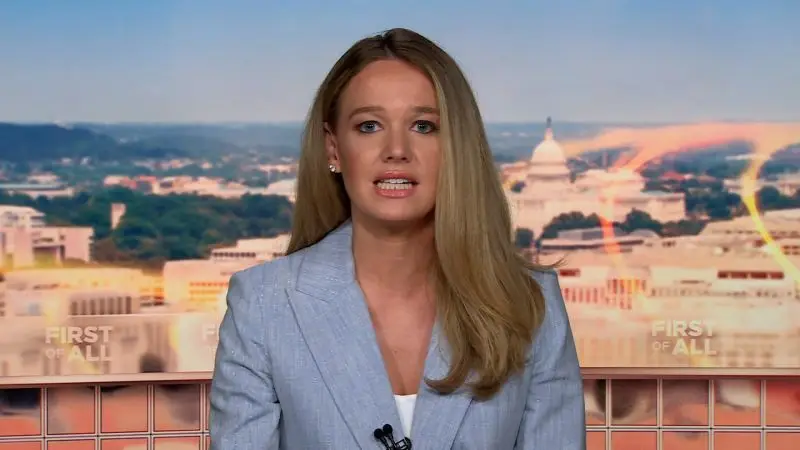
Fact-checkers have noted DHS policies require de-escalation first, but enforcement remains spotty—especially as operations expand to places like the San Francisco Bay Area, where over 100 agents arrived last week for raids targeting “murderers, rapists, gang members.”
It’s all propaganda, however; as majority of arrests have not been related to gangs or migrants with criminal backgrounds.
Adding fuel to the fire is DHS’s messaging machine. Assistant Secretary for Public Affairs Tricia McLaughlin has faced her own barrage of criticism for posts that clash with on-scene video.
In one X thread about an Illinois arrest, she claimed a U.S. woman “rammed” an agent’s vehicle and “violently” kicked officers—yet the woman was released without charges, sparking accusations of “chronic dishonesty.”
Zeteo compiled a dossier of such “falsehoods and distortions” tied to McLaughlin’s defenses of the operations.
Former Obama aide Tommy Vietor piled on: “Even in an administration filled with bulls–t artists and liars, she stands out for being one of the least credible.”
DHS didn’t respond to requests for comment on the perjury claims or the rock story by press time. But with a preliminary injunction hearing set for today—where Bovino’s full testimony could drop—the stakes couldn’t be higher.
If Ellis sides with the plaintiffs, it might rein in not just tear gas, but the whole blitz.
For now, Chicago’s immigrant communities brace for more raids, while Bovino’s bounty—$10,000 from gangs threatening his life—serves as a stark reminder of the operation’s edge.
As one plaintiff attorney put it in court: This isn’t about politics; it’s about whether the government can lie to cover its tracks.
The answer could redefine how America polices its own.
Also Read: A DOJ Whistleblower Now Makes Revelation That Undermines the Judicial System’s Integrity


